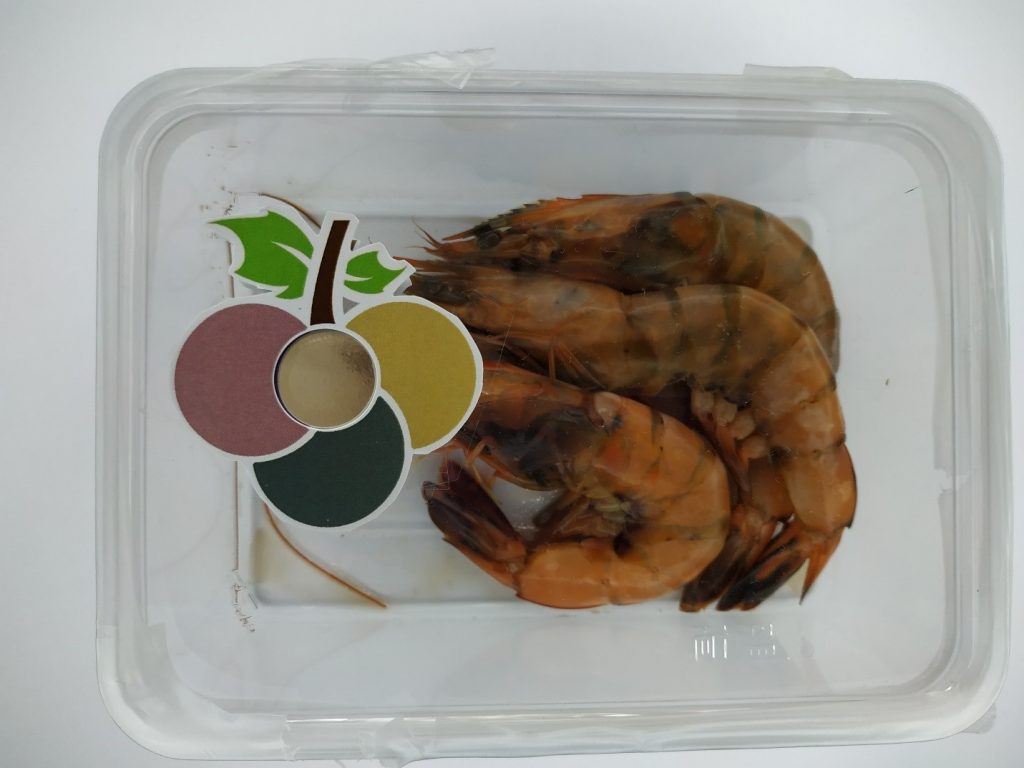
Edible films, known for their consumable nature alongside food, are a sustainable alternative to conventional fossil-based packaging materials like plastics. As the demand for healthy, fresh, and nutritious food wrapped in environmentally friendly packaging rises, researchers have been exploring advanced versions of edible films. Recently, the term “edible film” has evolved to “smart film,” highlighting their dual functionality. Besides packaging, smart films serve as direct indicators of food freshness, eliminating the need for sophisticated equipment. These films incorporate natural indicators sensitive to chemical and physical changes, providing consumers with accurate freshness information.
Development of Smart Films
Smart films can be formulated using natural polymers like Arrowroot starch, combined with iota carrageenan. To enhance their functionality, natural extracts such as anthocyanins can be integrated. Anthocyanins, known for their color-changing properties in response to chemicals like ammonia from decaying food, are abundant in purple fruits and vegetables, such as grapes, purple carrots, red cabbage, and purple sweet potatoes. Notably, the “Kyoho” grape variety, predominantly cultivated in Taiwan, China, and Korea, contains high concentrations of anthocyanins in its skin, which is often discarded due to its bitterness. Utilizing Kyoho grape skin extracts offers a sustainable solution for smart film development, reducing waste and enhancing film properties.
Research Hypothesis and Investigation
Researchers hypothesized that integrating Kyoho grape skin anthocyanins with Arrowroot starch and iota carrageenan could produce a smart film capable of monitoring shrimp freshness. To test this hypothesis, the smart film was characterized for its physical and chemical properties, surface microstructure, color and transparency levels, crystallinity, thermal stability, color change sensitivity to varying pH levels, and ammonia responsiveness. Initial application tests involved monitoring shrimp freshness at room temperature over 72 hours, observing color changes indicative of spoilage.
Findings and Implications
The Arrowroot starch/iota carrageenan-based smart film, enriched with Kyoho grape skin extracts, exhibited significant pH sensitivity, making it a potential food quality indicator. The addition of grape skin extract notably increased film thickness, tensile strength, and imparted a vibrant purple hue with high UV barrier properties. The smart film’s low water absorption correlated with its rough surface and high crystallinity, supported by high water contact angles and low solubility characteristics.
Fourier transform infrared (FTIR) analysis indicated enhanced hydrogen bonding interactions between anthocyanin extracts and polymer components, resulting in a compact structure observed under Scanning Electron Microscope (SEM) analysis. X-ray Diffraction (XRD) analysis confirmed the amorphous nature of the thermoplastic starch polymer components, with grape skin extract addition enhancing thermal stability by reducing weight loss at melting temperatures. The halochromic properties of the smart film manifested in distinct color changes: red in acidic conditions, purple in neutral, and green/yellow in basic conditions, with a solid green in ammonia vapor tests. The film with 50% grape skin extract demonstrated significant color changes (green and yellow), correlating strongly with increased bacterial counts and pH levels, indicating shrimp spoilage.
Conclusion and Future Research
Further research is needed to explore the correlation between color changes and freshness parameters (total volatile basic nitrogen) and extend applications to various seafood (fish), meat, and dairy products. Investigations into the film’s antioxidant inhibition properties and color stability during storage are crucial for confirming its potential as a food packaging solution. This study highlights the promising use of Kyoho grape skin extracts in developing halochromic smart films, offering an innovative approach to enhancing food safety and reducing packaging waste.
Source Article : https://doi.org/10.1016/j.ijbiomac.2022.05.076